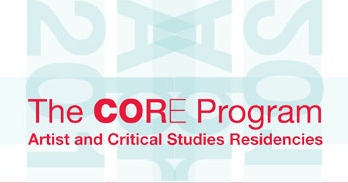24.03.2012 – 25.03.2012 /
Glassell School of Art Museum of Fine Arts, Houston
Visiting Faculty and Symposium
Organized by Mary Leclère
On the Public Function of Art
In 1987 the Dia Foundation sponsored a series of weekly discussions on contemporary art practice and discourse. Organized to establish “an ongoing commitment to intellectual discourse for and with a predominantly visual-art oriented audience,” as the director wrote in his introduction to the published proceedings, the first topic to be addressed was “The Cultural Public Sphere.” The critique of modernism that began with minimal art—which involved, among other things, the work’s engagement with the real space in which it was located—signaled a shift in the way artists viewed not just the object but the subject of art (both maker and viewer). As this critique intensified in a wide range of postwar practices, the replacement of modernism’s universal subject with the culturally constructed subject of postmodernism brought the issue of art’s consumption into sharper focus. The participants in the first Dia discussion, which was titled “The Birth and Death of the Viewer: On the Public Function of Art,” would not have failed to register the allusion to Roland Barthes’s seminal essay or its implications for spectatorship: the birth of the postmodern viewer occurred with the death of the modernist viewer and the concomitant shift in art’s address.
The purpose of this symposium is to address “social art practices”—by which we mean practices that deal with social issues, are intended to critique or subvert the social order, or blur the distinction between social and cultural work—and the historical context within which they function. One task will be to pose art’s critical capacity as a question, since taking it for granted assumes a clear understanding of what a critically engaged art practice means today. What keeps art separate, for the moment, is the name “art” and a connection to the art world, but what gets done in the name of art is slowly losing its connection to the spaces we have traditionally associated with that name and to past art practices. How, then, does art function? What value does it have? What site does it occupy? Has art become the instantiation of interdisciplinarity? If it is intended to have an impact outside the art world, what is at stake aesthetically and ethically? Some critics suggest that art’s autonomy can be harnessed for political or social ends, which means that it’s not artists or artworks that are being instrumentalized so much as the autonomous sphere in which they operate. Does the name art now serve to secure an autonomous sphere rather than the reverse? If it trades on cultural capital, are we left with cultural capital but no culture? And, finally, do we still need the term (contemporary) art and, if so, for what purpose?
